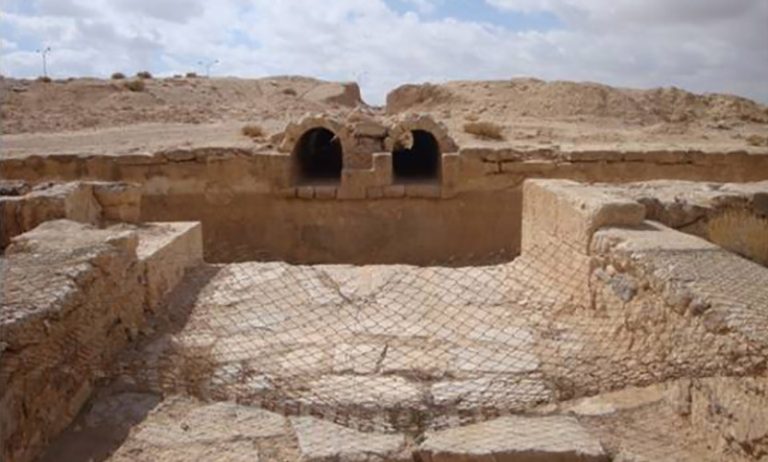Jordan, Qatraneh
Water management at the Qatraneh site

Hydria Virtual Museum
Relevance
Jordan is a small country with diverse ecosystems but with scarce water resources. Water precipitation varies annually from 50 mm in the east, to 600 mm in the west of the country. Therefore it is considered as an arid or semi arid country.
Obviously, all the civilizations that dwelled in Jordan could not have survived, much less prospered, without adjusting to water scarcity. They needed to come up with water management systems that would conserve this vital natural resource, including rainwater harvesting methods, as well as schemes that would reduce evaporation.
This case study examines the water management system at the Qatraneh Site that was developed to supply water to a castle of the Roman era, exploiting a nearby wadi as well as the rainwater through harvesting. Securing safe water for the residents of the castle and the community around it, as well as for travelers, was of vital importance, as, the Qatraneh Site is considered to be part of an ancient and sacred pilgrimage route that linked Mecca and Jordan.

